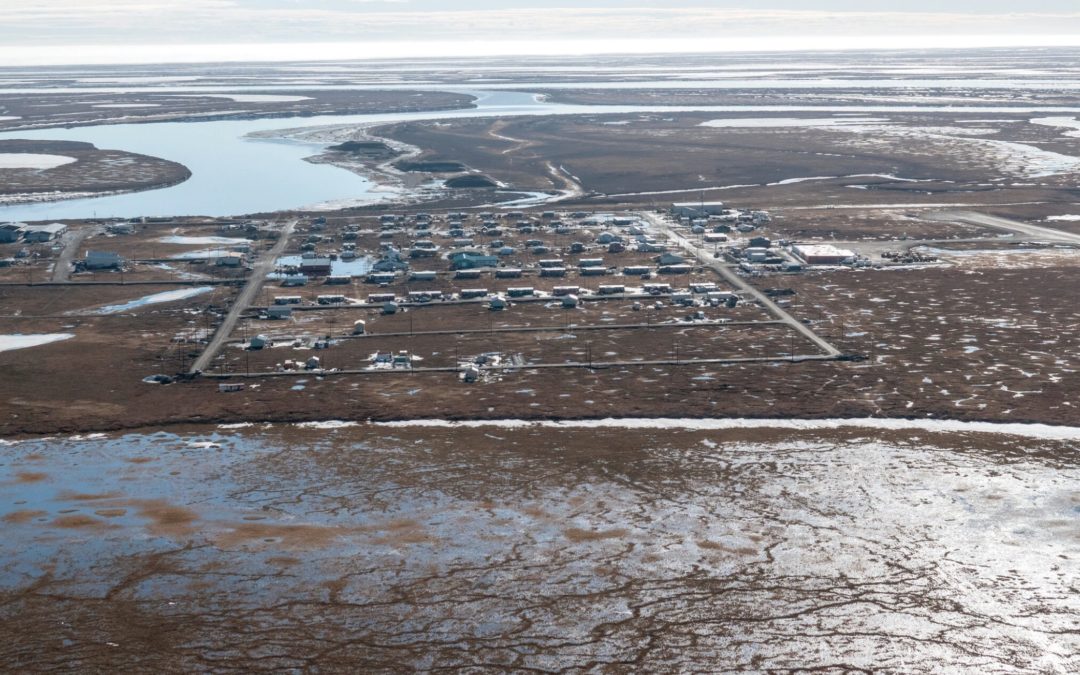SOURCE: New York Times
DATE: May 26, 2021
SNIP: The Biden administration is defending a huge Trump-era oil and gas project in the North Slope of Alaska designed to produce more than 100,000 barrels of oil a day for the next 30 years, despite President Biden’s pledge to pivot the country away from fossil fuels.
The multibillion-dollar plan from ConocoPhillips to drill in part of the National Petroleum Reserve was approved by the Trump administration late last year. Environmental groups sued, arguing that the federal government failed to take into account the impact that drilling would have on fragile wildlife and that burning the oil would have on global warming.
The project, known as Willow, set up a choice for the Biden administration: decline to defend oil drilling and hinder a lucrative project that conflicts with its climate policy or support a federal decision backed by the state of Alaska, some tribal nations, unions and key officials, including Lisa Murkowski, a moderate Republican senator seen as a potential ally of the administration in an evenly split Senate.
On Wednesday, the administration filed a brief in U.S. District Court for Alaska, defending the Trump administration decision to greenlight the Willow project.
In a statement, the Interior Department said that the Trump administration decision complied with the environmental rules in place at the time and that the plaintiffs did not challenge the approval “within the time limitations associated with environmental review projects” for the National Petroleum Reserve.
The administration declined to explain how its position on the Willow project aligns with its climate change policies. But in its court filing, the government said the Trump administration adequately considered Willow’s impacts on fish, caribou and polar bear habitat. It also upheld the method used by the prior administration to account for the greenhouse gas emissions generated by the project.
In a paradox worthy of Kafka, ConocoPhillips plans to install “chillers” into the permafrost — which is fast melting because of climate change — to keep it solid enough to support the equipment to drill for oil, the burning of which will continue to worsen ice melt.
Over the past 60 years, Alaska has warmed more than twice as fast as the rest of the United States. Arctic ecosystems are in disarray, sea ice is disappearing, sea levels are rising and the ground is thawing.
Kristen Miller, acting director of the Alaska Wilderness League, said the burning of oil produced by the Willow project over its lifetime would create nearly 260 million metric tons of carbon dioxide emissions — about the equivalent of what is produced by 66 coal-fired power plants. But, she argued, the infrastructure also will lead to new oil and gas projects in the region.
“Not only does the project in itself have significant and long-lasting climate problems, it’s setting the stage for more emissions in the future,” Ms. Miller said.
Rosemary Ahtuangaruak, an environmental activist and a resident of the nearby village Nuiqsut, said she believed the project would divert the normal migration of caribou, hurting the community’s ability to feed families.

